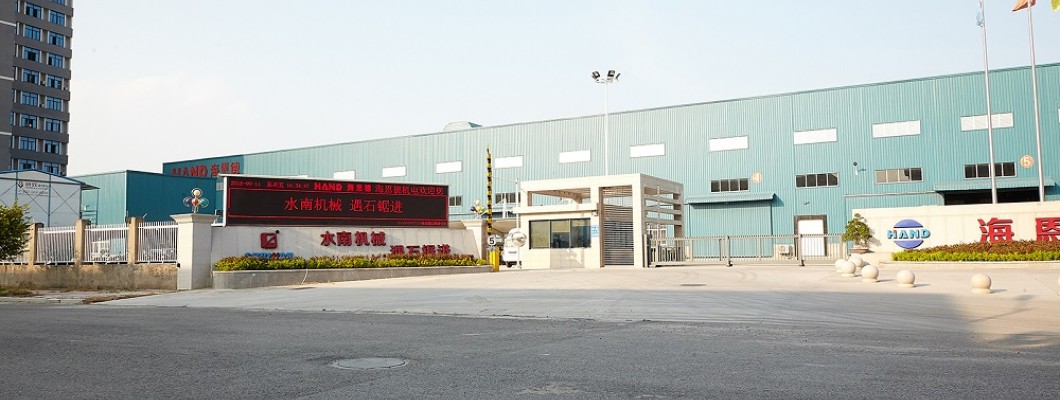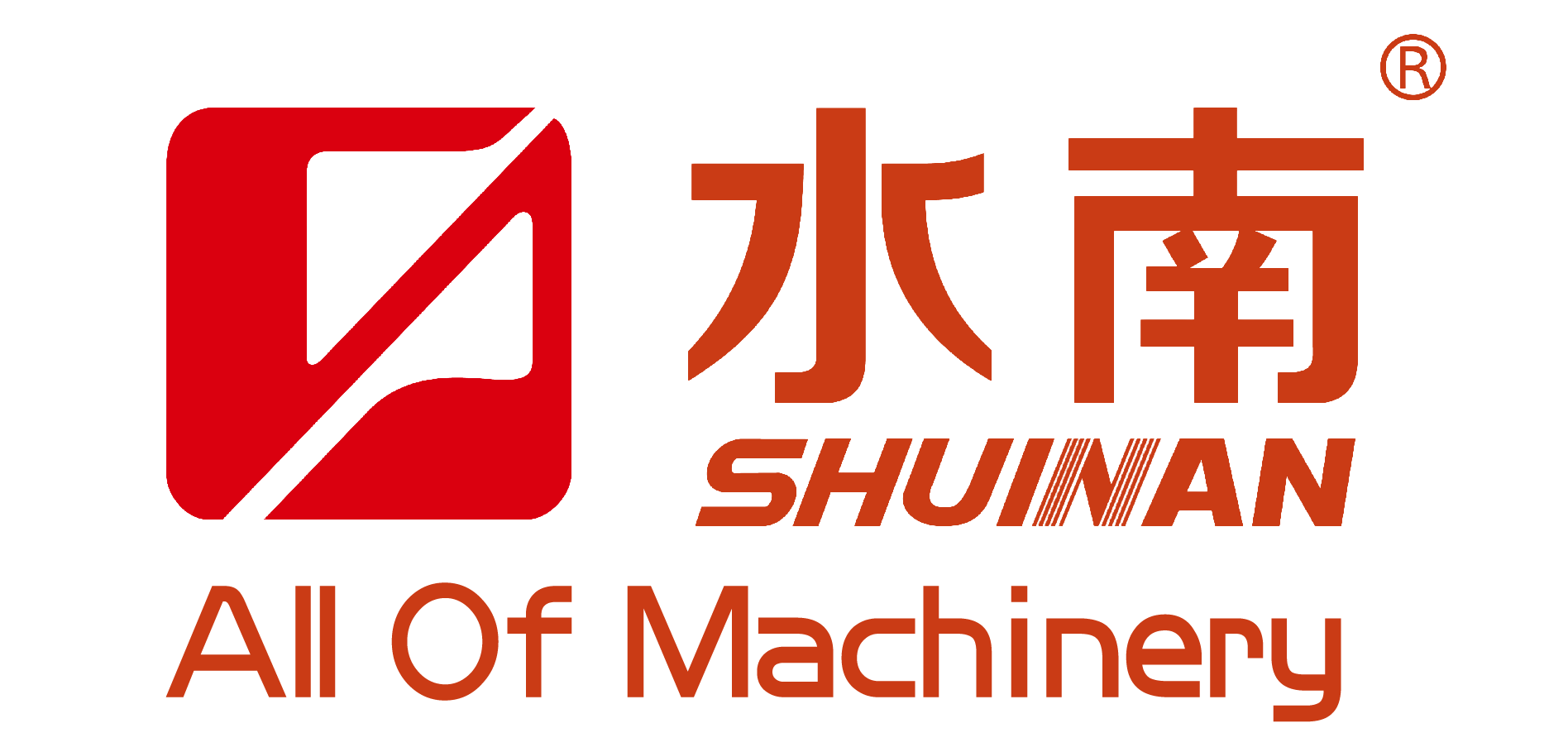
CE/UKCA Compliance Checklist: Essential Documents and Tests for Stone Machinery Entering Europe | shuinan machinery
Exporting bridge saws, 5-axis CNC stone cutters, polishing lines, or quarry equipment to the EU or UK? This end-to-end checklist distills the latest legal basis, documents, tests, and marks you need to pass market surveillance—field-tested by shuinan machinery.
- Key dates & market routes (EU/UK)
- 1) Confirm scope & applicable legislation
- 2) Perform risk assessment (EN ISO 12100)
- 3) Apply standards & safety functions
- 4) Electrical, EMC, noise & functional tests
- 5) Technical file: what to include
- 6) Conformity routes (CE & UKCA)
- 7) Labels, user instructions & language
- 8) Roles: manufacturer, importer, distributor
- Practical tips for stone machinery
- Talk to shuinan machinery
- Official references
Key dates & market routes (EU/UK)
The new Machinery Regulation (EU) 2023/1230 replaces Directive 2006/42/EC and becomes applicable from 14 January 2027. Until then, manufacturers can place machinery on the EU market under the current Machinery Directive. Several administrative provisions already apply earlier (e.g., from 2023–2024). See the Regulation for details.
Source: EUR-Lex text of Regulation (EU) 2023/1230; application date stated in Article 54.
GB indefinitely recognizes CE marking for many product regulations, including the Supply of Machinery (Safety) Regulations 2008. You may use CE or UKCA when placing on the GB market (check product-specific guidance and labelling easements).
Source: UK government guidance confirming indefinite CE recognition for GB machinery.
1) Confirm scope & applicable legislation
- EU: Machinery Directive 2006/42/EC (until 13 Jan 2027) → Machinery Regulation (EU) 2023/1230 from 14 Jan 2027. Many stone machines (bridge saws, polishing lines, wire saws) fall within scope.
- UK: Supply of Machinery (Safety) Regulations 2008 (GB). Northern Ireland generally follows EU CE rules; special cases apply when a UK-based conformity assessment body is used (UKNI marking alongside CE).
- Other applicable law (typical): EMC Directive 2014/30/EU, Low Voltage Directive 2014/35/EU (for electrical parts), and RoHS/REACH duties where relevant.
2) Perform risk assessment (EN ISO 12100)
- Identify hazards for all life-cycle phases: transport, installation, operation, cleaning, tool change, maintenance, decommissioning.
- Estimate risk (severity × probability), apply protective measures hierarchy: inherently safe design → safeguarding/technical measures → information for use.
- Document residual risks and link them to warning labels and instructions.
Follow EN ISO 12100 for method; keep the risk file inside your technical documentation.
3) Apply standards & safety functions
Use harmonized (EU) or designated (GB) standards to gain presumption of conformity. Typical picks for stone machinery:
| Topic | Typical standard(s) | Notes |
|---|---|---|
| General safety & risk method | EN ISO 12100 | Foundation for hazard analysis and risk reduction. |
| Electrical equipment of machines | EN 60204-1 | Panels, wiring, protection, earthing, documentation. |
| Safety-related control systems | EN ISO 13849-1/-2 | Define safety functions (e.g., E-stop, guard interlocks) and Performance Level (PL). |
| Interlocking devices | EN ISO 14119 | Choose appropriate interlocks/guard switches and coding. |
| Emergency stop | EN ISO 13850 | Location, reset, function category for E-stops. |
| Minimum gaps to avoid crushing | EN 349 | Apply to moving bridge, tables, conveyors, guards. |
Always check the latest EU harmonized standards list and the GB designated standards list before finalizing your design.
4) Electrical, EMC, noise & functional tests
- Electrical verification (EN 60204-1): Protective bonding, insulation resistance, voltage tests, functional checks, documentation of test records.
- EMC: Emissions & immunity per the relevant product family or generic EN standards (lab testing often required for control cabinets with VFDs/PLCs).
- Noise: Declare sound power/pressure where applicable; include measurement method and uncertainty in instructions.
- Functional safety: Validate safety functions to required PL (stop categories, interlocks, speed monitoring on polishing lines, etc.).
5) Technical file: what to include
- General description of the machine, intended use, limits, variants.
- Design drawings, schematics, BoM, control logic, software versions.
- Risk assessment (EN ISO 12100) and list of essential requirements addressed.
- Applied standards list (with versions/dates) and calculations.
- Test reports: electrical, EMC, noise, functional safety validation.
- Instructions & maintenance manual (all languages required for destination market).
- EU Declaration of Conformity (or UK Declaration for GB) and copies of any NB certificates.
- Traceability: serial numbers, manufacturing dates, quality records.
Keep the technical documentation available for market surveillance (typically 10 years after last unit is placed on the market).
6) Conformity routes (CE & UKCA)
- Internal Production Control (Module A / self-declaration): Most stone machinery can follow self-assessment when not listed in the Regulation’s high-risk categories (Annex I Part A of EU 2023/1230; Annex IV in the old Directive).
- Third-party (Notified Body / Approved Body) involvement: Required for certain categories or when using non-harmonized solutions for safety functions. Keep assessment reports with your technical file.
- Declarations: Issue and sign the EU Declaration of Conformity (CE) or UK Declaration (UKCA/CE in GB). Include responsible person, standards, and legislation cited.
7) Labels, user instructions & language
| Item | EU (CE) | GB (UKCA/CE) |
|---|---|---|
| Marking | CE mark, min height 5 mm; year of manufacture; model/serial; name & address. | UKCA or CE accepted in GB; same identity/traceability rules. |
| Instructions | Provide in the official language(s) of the destination Member State; include residual risks, noise, maintenance, spare parts. | Provide in English for GB market; importer/distributor details if applicable. |
| Safety labels | Residual risks must be signaled; keep symbols consistent with ISO 7010 where used. | Same good practice; align with GB designated standards. |
8) Roles: manufacturer, importer, distributor
- Manufacturer: Ensures design & production conformity, compiles technical file, issues Declaration, affixes CE/UKCA.
- Importer: Verifies that the machine bears correct marking, has instructions/DoC, and keeps a copy for authorities; name & address must appear on the product.
- Distributor: Checks marking/documents, storage/transport conditions; cooperates with authorities.
Practical tips for stone machinery
- Design guarding for moving bridges and rotating tool spindles; validate interlocks and E-stops to the required PL.
- Manage silica dust via wet processes and capture; include instructions for water recycling and slurry handling in the manual.
- For multi-axis CNC and polishing lines, document software safety versioning and change control.
- Keep an incident & corrective-action log; it helps during audits and field safety actions.
shuinan machinery can supply editable templates: risk assessment, test plans, DoC/labels, and an applied-standards register tailored to bridge saws, polishing lines and quarry gear.
Talk to our teamTalk to shuinan machinery
Questions about CE/UKCA for your next bridge saw, CNC, or polishing line? Chat with us on WhatsApp and we’ll walk you through the checklist and documentation.
Click the number to open WhatsApp and start a chat with our team.
Official references
- Regulation (EU) 2023/1230 on machinery (EUR-Lex): eur-lex.europa.eu/eli/reg/2023/1230/oj/eng
- EU harmonised standards for Machinery (MD/Machinery rules): …/harmonised-standards/machinery-md_en
- Great Britain — Supply of Machinery (Safety) Regulations & CE recognition (GOV.UK): gov.uk/.../supply-of-machinery-safety-regulations-2008
- Using the UKCA marking (GOV.UK): gov.uk/guidance/using-the-ukca-marking
- GB Designated standards — Machinery (latest notices): gov.uk/.../designated-standards-machinery
Always verify the latest lists and guidance before labeling or shipment.

Leave a Comment